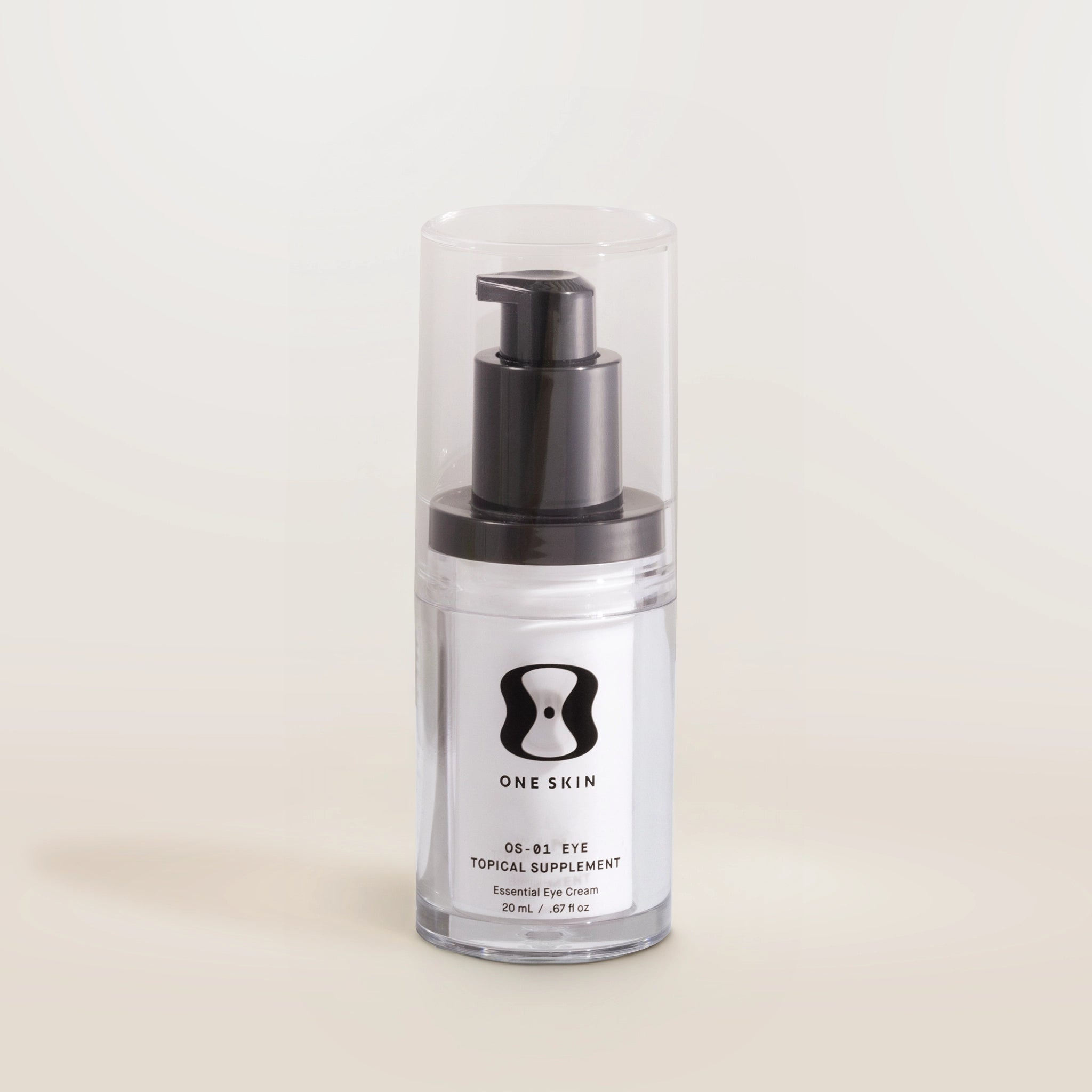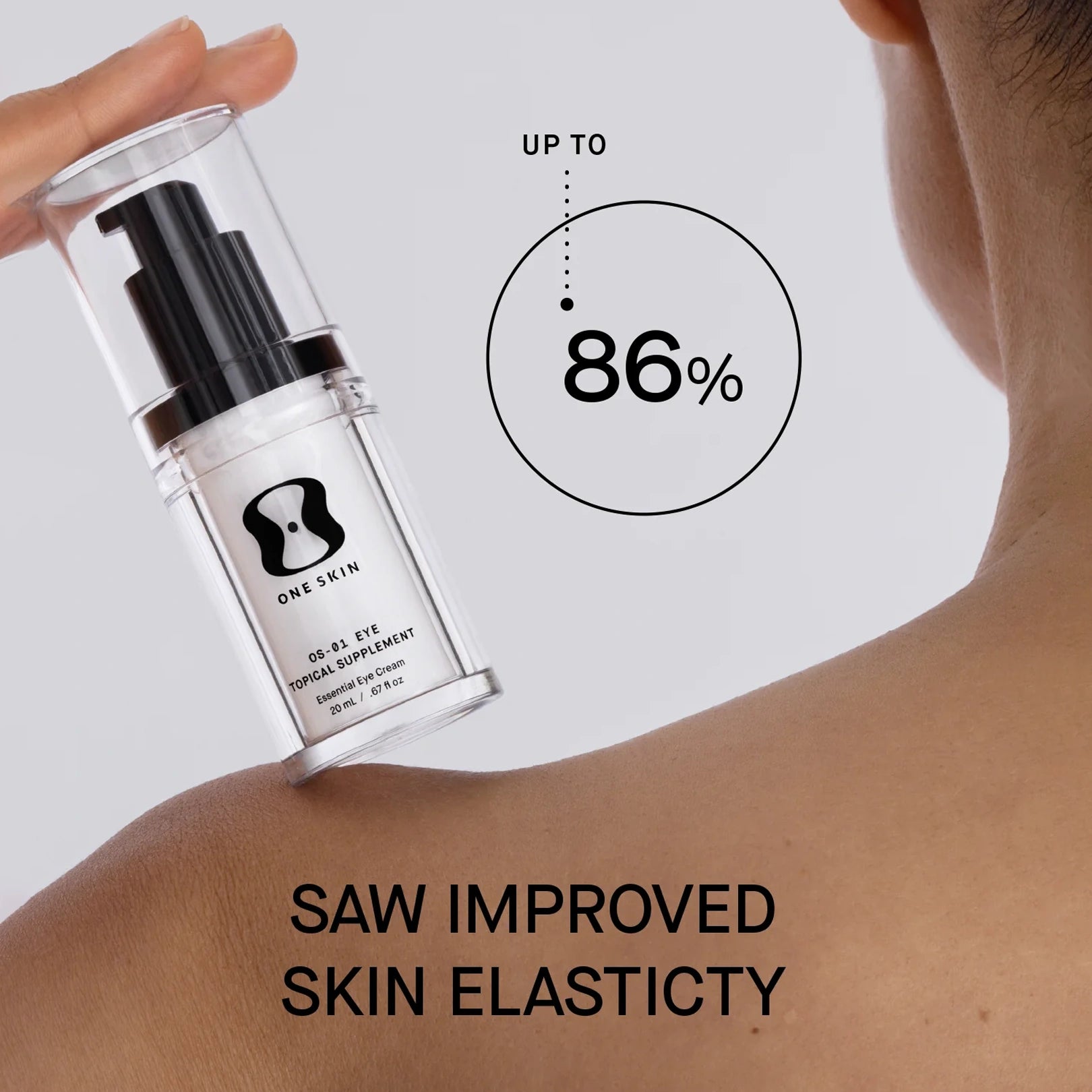For us, longevity isn’t measured only in years. It’s measured in how well your body functions, how much energy you have, and how long you can keep doing the things you love. That's why this September, in celebration of Healthy Aging Month, we've partnered with experts in the longevity space to have conversations about what healthy aging means to them, and how you can bring their insights into your own daily life.
One of those experts is Kayla Barnes, a leading authority in female longevity. With over a decade of experience in studying female longevity, Kayla has dedicated her career to helping women extend their healthspan, or the years they live in strength and vitality. Kayla has even shared her labs publicly and is one of, if not the most, measured women in the world.
Kayla's Longevity Lens
Q: What’s one new study, discovery, or insight in your field that you’re genuinely excited about right now?
I’m excited about newer research showing how zone 2 training—aerobic exercise at a conversational pace—can improve mitochondrial adaptation and metabolic health, both of which are key drivers of aging. Studies are showing that consistent zone 2 cardio enhances insulin sensitivity, cardiovascular health, and mitochondrial health, making it a powerful, sustainable tool for slowing biological aging.[1,2]
Myth-Busting the “Extreme Fitness” Trap
Q: What’s a common misconception in the field of longevity that you’d like to debunk? What’s the truth people should understand?
One myth is that longevity-focused exercise needs to be extreme, like constant HIIT, intense cardio, or long daily workouts. In reality, effective longevity protocols combine moderate, consistent, and targeted exercises: Zone 2 training, some HIIT, and strength training.
Zone 2 cardio enhances mitochondrial health, metabolic flexibility, and cardiovascular resilience, while strength training helps preserve lean muscle, bone density, insulin sensitivity, and hormonal balance, all of which decline with age, particularly in women.[3,4,5]
Another common misconception is that women need to do just as much moderate exercise as men to get the same health and longevity benefits. A large 2024 study published in the Journal of the American College of Cardiology found that:
- Women only needed 140 minutes per week of moderate-to-vigorous physical activity[6]
- Men who needed ~300 minutes per week to achieve a 30-40% reduction in all-cause mortality[6]
This suggests that women’s bodies are more responsive to exercise at lower volumes, and reinforces that longevity isn’t about doing more, it’s about doing what works with your biology.
In short, smart, intentional training, not overtraining, is what drives healthspan. For women, that means structured strength training, accessible aerobic work, and understanding your unique dose-response to exercise.
From Theory to Practice
Q: How can someone begin applying this research or these insights in a practical, everyday way?
Start by building a simple, sustainable exercise routine around two key pillars: strength training and Zone 2 cardio. You don’t need hours in the gym, just a mindset shift: movement is medicine, and consistency matters more than intensity.
A practical place to start:
- Strength train 2-3x per week using functional, compound movements (like squats, deadlifts, rows). Focus on progressive overload, especially for women over 35.
- Incorporate 30-40 minutes of Zone 2 cardio (a brisk walk, incline treadmill, or cycling at a pace where you can still talk) 2-4x per week.
- Reframe movement as longevity training, not just aesthetics or weight loss. You’re investing in your mitochondria, metabolic health, and resilience.
Even small, consistent efforts like a daily 20-minute walk or two strength sessions per week can have profound long-term effects. The key is to make it doable, repeatable, and personalized to your biology.
Kayla's Non-Negotiables
Q: What are the top 1–2 health habits or routines that you never skip, because they truly make a difference?
High-quality sleep to ensure I have the energy for my workouts, dietary adhesion, and morning walks in the sun, followed by a strength training session
The Future of Longevity Fitness
Q: What’s something most people aren’t thinking about yet when it comes to healthy aging, but will be in the next 5–10 years?
Most people still think of exercise as a tool for weight loss or general fitness, but in the next 5–10 years, we’ll see a major shift toward viewing exercise as a precision longevity intervention, especially when it comes to preserving mitochondrial health, functional muscle, and biological age.
What’s emerging now but will become mainstream soon is the idea that the type, timing, and dose of exercise should be tailored to your sex, hormones, and aging trajectory. For example, women will increasingly be guided to train in alignment with their hormonal phases and life stage (like perimenopause or postmenopause), prioritizing muscle retention, bone density, metabolic flexibility, and nervous system resilience over just calorie burn or aesthetics.[5]
We’ll also see biological age tracking and VO₂ max testing become more common, where people use metrics like grip strength, gait speed, and mitochondrial efficiency to guide training protocols, not just heart rate or steps.
In the future, movement will be seen as medicine—with dosage, timing, and individualization just like a prescription. That shift will redefine how we train for true healthspan.
Kayla's Longevity Library Pick
Q: What is a book, paper, or podcast you think everyone should check out?
One book I highly recommend is Forever Strong by Dr. Gabrielle Lyon. She makes a powerful case that muscle is the organ of longevity, not just for aesthetics or strength, but as a critical regulator of metabolism, inflammation, and healthy aging.
The book breaks down the science of muscle-centric medicine and offers a practical framework for how to build and maintain muscle as we age, especially important for women who are often undertrained and underserved in traditional fitness models. It’s both science-backed and actionable, and it shifts the focus from “eat less, move more” to train smart, eat for muscle, and preserve your healthspan.
It’s a must-read for anyone serious about optimizing longevity through exercise and nutrition.
What Longevity Means to Kayla
Q: What does aging well or longevity mean to you, personally?
Longevity means feeling incredible and getting better each year. It means having energy and feeling good in your body for as long as possible.
Kayla’s Favorite Skin Care
Q: What OneSkin product is your favorite and why?
The eye cream! I love the concentration of the peptide, and it feels great. I do love and use all of the products, though, including the cleanser, scalp serum, body cream, facial cream, and the new lip product. Big fan here!
Conclusion
So, what's the big longevity takeaway from all this?
When it comes to helping you live a stronger, healthier life, exercise is like a daily medicine for your cells. Just like medicine, the right type and dose of movement can slow down aging and strengthen the systems that keep you thriving.
For Kayla Barnes, this looks like accessible, repeatable habits: strength training, steady Zone 2 cardio, and simple walks that add up over time. And of course, daily use of OS-01 EYE.
Key Takeaways:
- Healthy aging is about quality of life, not just quantity of years.
- Research shows Zone 2 training helps support bodily functions associated with improved healthspan and longevity.
- Even 2 strength sessions or a 20-minute walk per week can transform healthspan.
- The future of fitness is personalized to sex, hormones, and biology.





